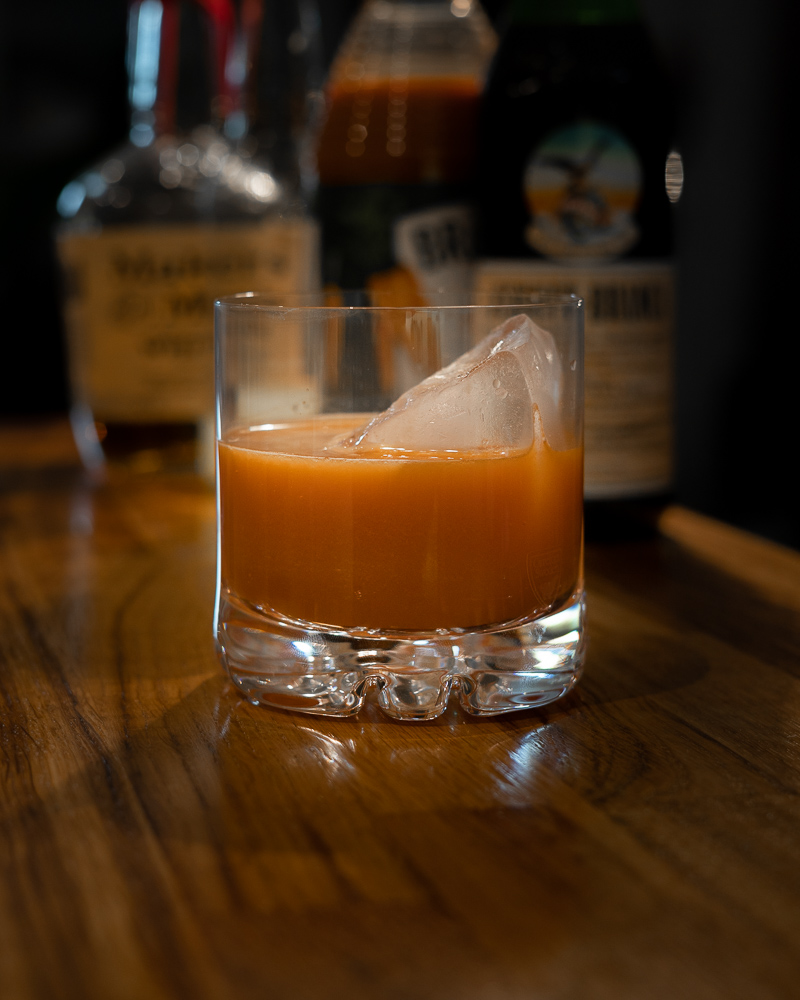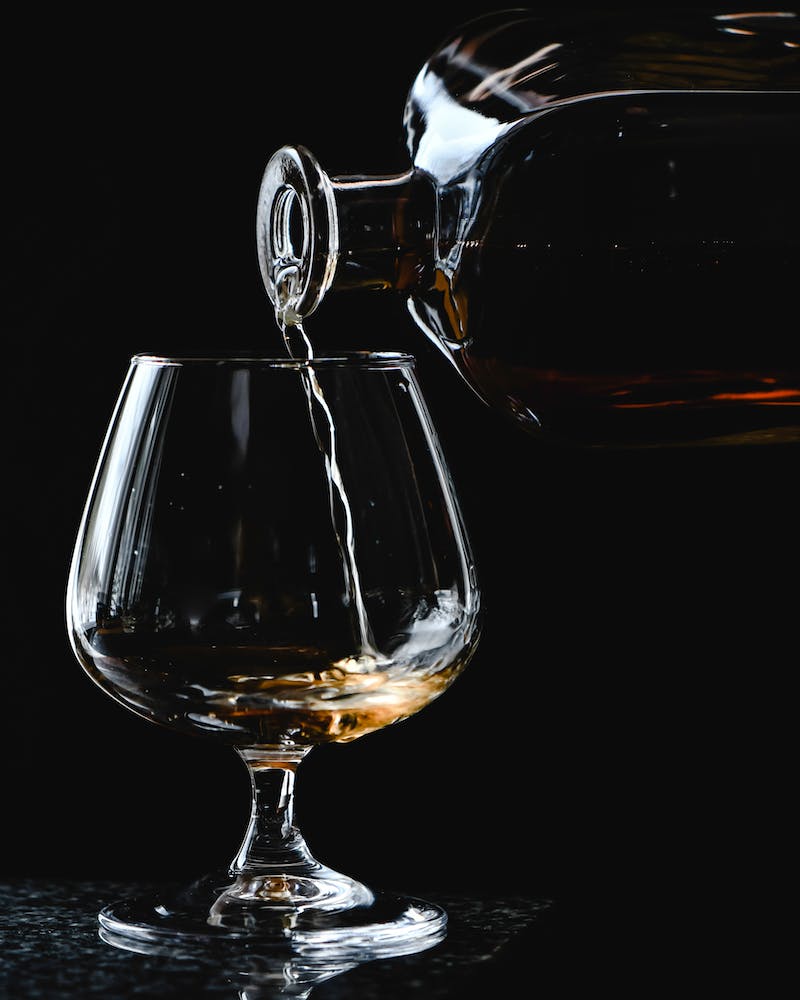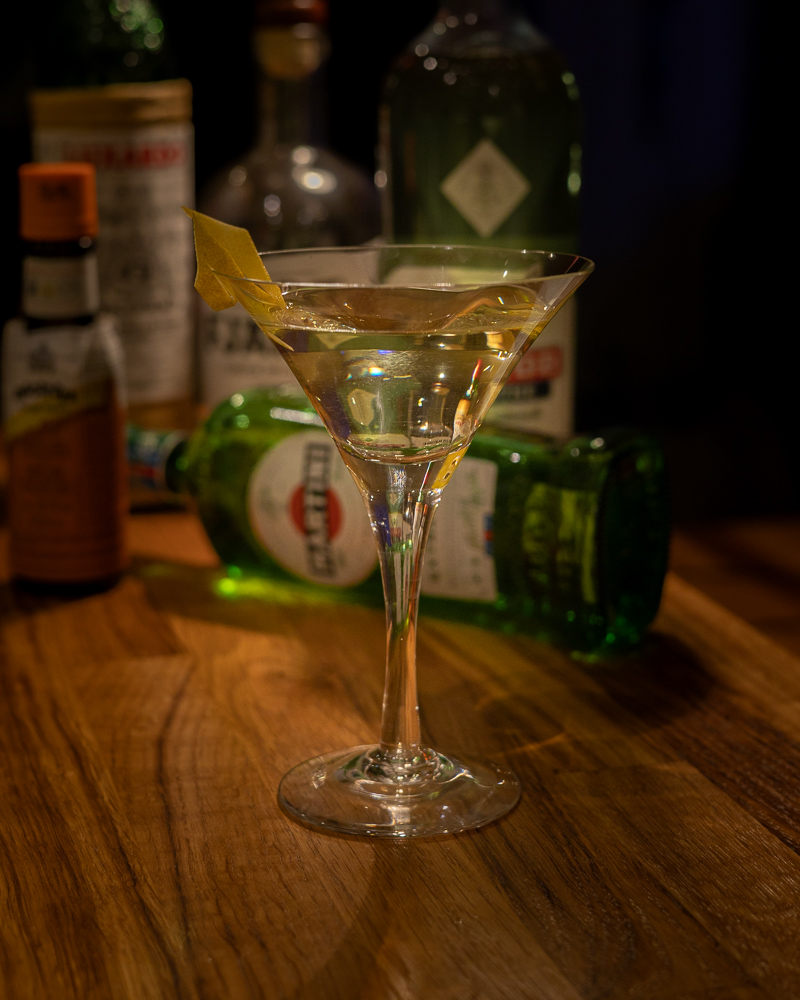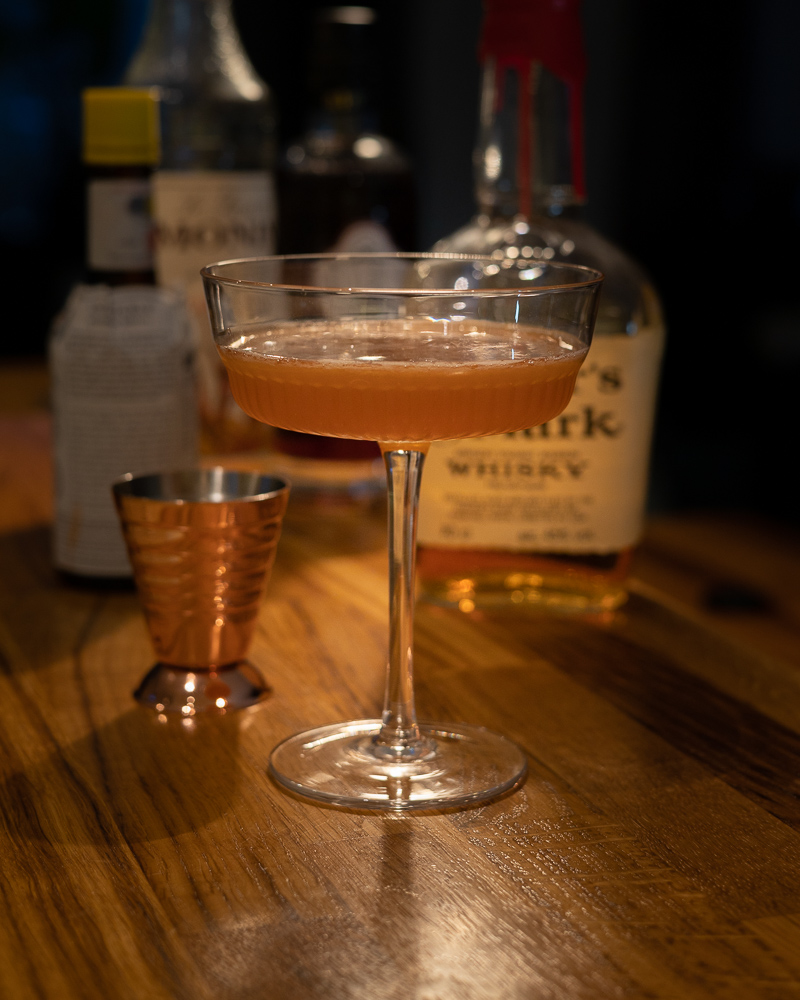

The amber drink known worldwide as whiskey is enjoyed by millions, if not billions, of passionate tipplers and tasters. But the makeup and background of whiskey (or ‘whisky’ as it can also be spelled) are often a mystery to those who savor it. Despite its widespread availability, many enthusiasts seek to understand better this popular cocktail spirit's history and distillation process.
So, what is whiskey? Where did it originate? And how is it made? If you’d like to hear the answers to these questions, continue reading this expert guide to our favorite spirit. Stick with us to solidify your essential whiskey knowledge, from its definition, the many variations, and how best to include it in your cocktail repertoire.
This alcoholic beverage is made from fermented grain mash. Several grains, including barley, rye, corn, and wheat, are used in the production process. The grains are mashed, fermented, and then distilled.
Following distillation, the mixture is aged within wooden barrels to enhance flavor, aroma, and character. Oak is often the wood of choice for building these barrels, though other types are used. The aging process varies according to the distiller, contributing to the many flavor profiles and colors on the market, such as the famed Jack Daniel's Tennessee Whiskey.
Geographical influences, production methods, and grain compositions account for the many choices on local shelves. For example, Scotch is aged for at least three years and primarily features malted barley. In contrast, Bourbon uses corn and favors charred oak barrels, offering a sweet flavor. As you'd expect, Rye whiskey uses rye for its mash and provides a profile on the spicy side of the palette.
Whiskey dates back to the Middle Ages, mainly influenced by the distillation art offered to Europe by the Moors. This process gained traction in Ireland and Scotland, with early mentions dating back to the late 15th and early 16th centuries.
Some speculate that Irish monks seeking medicinal elixirs and perfumes used a fermented grain mash distillation method, which evolved to what the world now recognizes as whiskey.
The name “whiskey” is believed to stem from Gaelic roots, meaning “water of life,” and was integral in both Scottish and Irish populations. Once European settlers brought distillation to America, different styles and distillation processes emerged.
The variations we recognize as Bourbon, Rye, and Tennessee were adapted and perfected from regional techniques and ingredients. As history unfolded, the spirit survived harsh regulations and prohibition periods. It became beloved for its diverse flavors and versatility.
Production begins with the preparation of a grain mash. Using one or a combination of grains, including barley, corn, rye, or wheat, combined with water creates a mash. This mash is heated to convert the starches from the grains into fermentable sugars.
Fermentation begins when yeast is added to the mash; the sugars transform into alcohol. The resulting "wash" liquid is transferred to copper pots or column stills where distillation separates and concentrates the alcohol into a high percentage spirit.
Next, the spirit is transferred into wooden barrels for maturation. This is the critical stage, where the whiskey derives color and flavor complexity from interaction with the Oak barrel interior. The duration of aging varies depending on the maker's objectives for the spirit.
Once aging is complete, water is added to dilute the desired bottling strength. Finally, the whiskey is packaged and shipped to distributors for sale to the public.
The staple ingredients of whiskey production include grains used individually or in combinations (barley, rye, corn, wheat), water, and yeast. The grain enzymes convert starch into sugars, allowing a foundation for fermentation to begin.
Fermentation is a biological process where microorganisms, in this case, yeast, convert sugar into alcohol, carbon dioxide, and other byproducts. After the grain mash is created, water is mixed, and heat is applied to activate the enzymes.
Whiskey's diversity is broken down into several main categories. Scottish includes subclassifications of Single Malt, Single Grain, Blended Malt, Blended Grain, and Blended Scotch. The primary grain type for Scottish is malted barley.
Irish whiskey, known for its lightness and smoothness, uses a blend of malted and unmalted barley and is usually triple-distilled.
American whiskey offers several variations. There is Bourbon, made from corn and aged in new charred oak barrels for a sweet flavor profile, and spicier rye-derived whiskey.
This is followed by Tennessee whiskey, which undergoes a filtering step known as the Lincoln County Process. Here, the liquid is filtered through charcoal before the barrel aging begins, adding a distinct regional character to the final product.
Traditionally, one consumes whiskey "neat" or "straight." The spirit is poured into a glass with no ice or additional mixers. This allows connoisseurs to perceive the complexity and aroma without outside influences.
The second most common consumption method is over ice, or "on the rocks." Those who appreciate a slight dilution taste to tamper down the high-proof (alcohol percentage) will opt for this one. Whiskey is also the base ingredient for classic cocktails like the Manhattan and the Old Fashioned, catering to more diverse enthusiasts. If you like an Old Fashioned every now and again, you’ll also find lots to love about our Whisky Skin cocktail, so be sure to have a go at preparing this simple yet satisfying drink at your next cocktail party.
Wild Turkey 101: This is a great cheap bottle anyone can appreciate. Sweet toffee and vanilla notes are very much present here, and the drink is not harsh in any way, making it very beginner-friendly. Due to the flavors being vanilla and sweet toffee, it is also a great choice for mixology.
The Old Elk Cigar Cut is a good choice for the experienced drinker. It packs quite a punch with big, bold flavors and has a long-lasting mouthfeel. Keynotes would be almonds, caramel, and dark fruits!
If you're hosting a whiskey tasting or enjoying a solo dram, having the proper glassware can enhance the experience. There are various whiskey glasses designed to accentuate different aspects of the spirit. From the classic Glencairn glass, which focuses the aroma, to the elegant copita glass, ideal for nosing and sipping, selecting the appropriate vessel can elevate your whiskey enjoyment. If you want to expand your whiskey glass collection, you can explore a curated list of whiskey glasses featured on liiton.com, where you'll find options suited to every preference and occasion. Whether you prefer a tumbler's simplicity or a snifter's sophistication, the right glass can make all the difference in your whiskey-drinking experience.
Raise your glass and toast yourself. You now have a solid understanding of Whiskey, its many variations, and different ways to savor the complexity and character it offers. Please remember to consume responsibly. Cheers!


